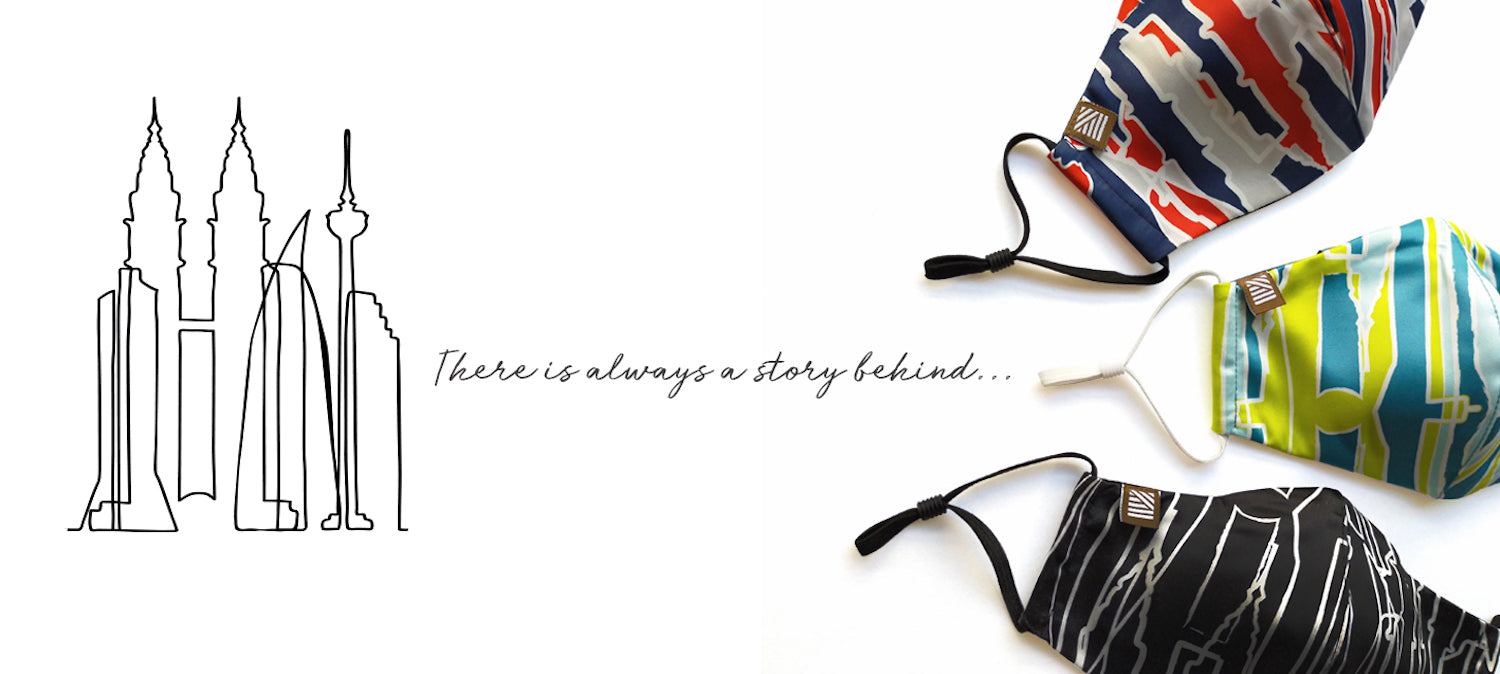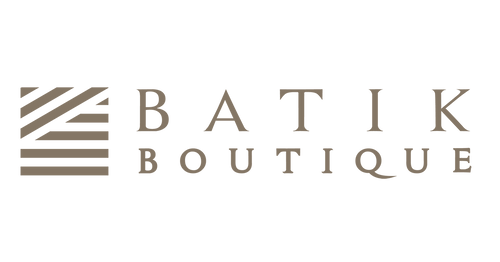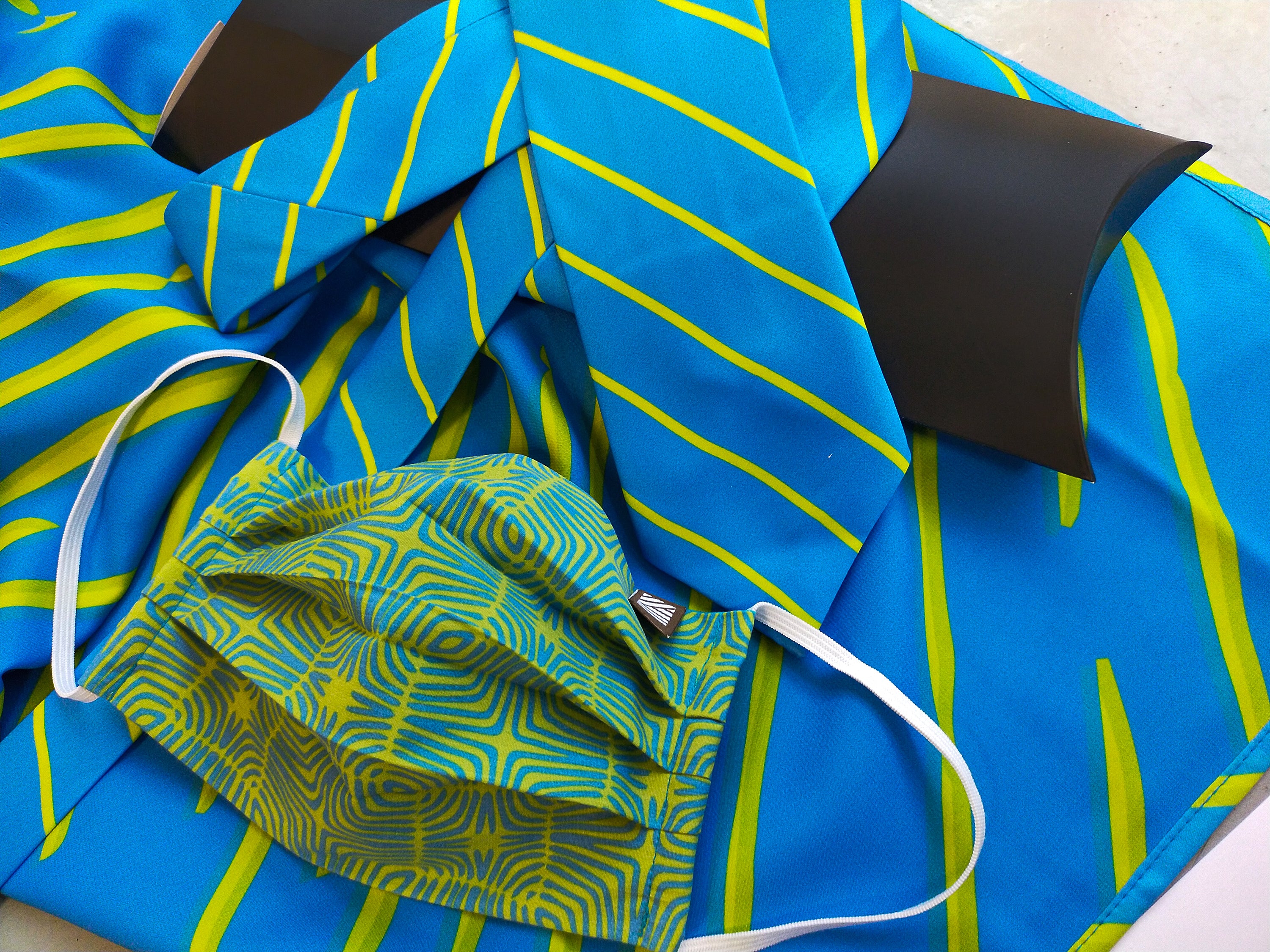What Malaysia Day Means to us at Batik Boutique

This coming 16th of September, our nation, inclusive of Peninsular Malaysia and its eastern states, Sabah and Sarawak, turns 57 years old. On this significant day, decades ago, we became wholly and conclusively the nation of Malaysia. It’s an important day for all Malaysians, and as we look forward to the holiday—we also pause to think about our unique heritage…
To Love Malaysia is To Love Batik
Who among us Malaysians haven’t seen our parents, pak ciks and nenek moyangs languishing around the house in their cooling cotton sarongs? Officials and commoners alike, proudly donning batik sarongs at weddings, official functions, and corporate ceremonies. Lovely ladies looking fine and shapely in their ornate batik kebayas or baju kurungs.
Batik cloth’s popularity and versatility can also be seen in today’s contemporary designs. It’s been fondly turned into shirts, scarves, bags, accessories, and even homewares.
Yet how many of us truly understand batik’s rich history and its strong ties to our nationhood? It’s food for thought...



The Origin of Batik
Till today, batik’s true origin remains an unsolved mystery. The one thing we know for sure is that it is a very “ancient” art form. Evidence of early batik showing up on the scenes have been found in the Middle East, Egypt, East Turkestan, Europe, Japan as well as India and China (Central Asia) 2000 years ago.
Batik found its highest artistic expression, however, in South East Asia, particularly in Indonesia and Malaysia. The batik of Malaysia can be found on the east coast of Malaysia (Kelantan, Terengganu and Pahang), while the batik of Johor bears closer similarities to Javanese and Sumatran influences—thanks in part to geographic proximity.
Malaysian batik also distinctly does not display other motifs except for geometrical shapes, plants and flowers in accordance with local Islamic belief—which avoids depicting human and animal images.

There are several batik-making techniques in the country. Chanting, a method that uses a pen-like tool to apply liquid hot wax onto intricate hand-drawn designs on silk cloth, is the most popular. The other popular technique is batik blocking, where metal stamps are dipped in hot wax and stamped across fabrics in a repetitive pattern and then hand-painted in layers. Artists also experiment with Japanese resist fabric dyeing techniques like shibori and even incorporate natural dyes from plants into their designs.


Batik Makers Deserve Appreciation and a Sounding Board
(Or should we say, ‘painting board’?) At Batik Boutique, we not only aim to preserve and spread the love of batik far and wide; we support women from marginalized communities , many of which are low income earners and mothers who have gained a marketable skill and means to earn sustainable income.

It’s one thing to be fashionable and trendy, another to be a conscious contributor to our local community and environment. We believe fashion forward brands should pay heed to culture and heritage; pay artisans and workers fairly; and care deeply for the environment. At Batik Boutique, we marry the best of all worlds: people, planet, and profit.
This we do by engaging batik artists and seamstresses all across Malaysia, who set their own financial goals and working hours. Seamstresses working with Batik Boutique earn an average of 40% higher than the industry rate and receive skill training needed.
Mothers are encouraged to balance their work hours with family quality time—they have their own say. Our sewing training centre was set up for them to learn sewing skills—passed down through generations of Malaysians.


Woven into the fabric of our business—is an overarching purpose to preserve our local batik heritage and bless the hands who made them. So if you’re thinking of giving back to the community like we are, explore our products at Batik Boutique.
Batik wearing is not just for government servants during formal occasions or every Thursday… Everyone, young and old, can wear local batik and showcase what it means to be fashionably and proudly Malaysian. And we’re convinced Malaysian batik can also be for the world!

Happy Malaysia Day, from our Batik Boutique family to yours.
To purchase, visit our website www.thebatikboutique.com. You can also visit us at our retail outlet in Desa Sri Hartamas, Kuala Lumpur, open from 9am to 6pm Mondays to Saturdays.
- Tags: batik batik malaysia malaysia day
0 comments





